Heat Treatment of Stainless Steel
Author: SAIVS Date Published: May 15,2023
Heat Treatment of stainless steel
Stainless steel is one of the most widely used alloys in metal casting — prized for its strength, hardness, and resistance to corrosion. But unlike other metals, the end of the casting process does not necessarily mean the product or component is market-ready. Heat treatment after stainless Steel Casting is often required to achieve the desired qualities of the finished product. Depending on its ultimate use and purpose, the “finished” casts may be treated with one of several types of heat processes:
Annealing and Normalizing
Austenitizing and Tempering
Quenching and Beyond
By heating and cooling the cast metal at different rates, the mechanical properties of the metal can be modified to meet the standards for a product in any industry.
Stainless Steel Heat Treatment Begins with Soaking
Soaking is the foundation for all heat treatments. Through soaking, the metal is brought to the temperature where the crystals in the cast metal are made to melt and re-form. This process makes the metal less brittle and helps to reduce the risk of cracking and distortion.
Annealing and Normalizing
After soaking, one further option to transform the cast stainless steel into its final form is annealing. Once brought to the proper recrystallization temperature, the metal is allowed to cool slowly and gently within the furnace. This controlled drop in temperature ensures a finished product that is uniform throughout, with few internal stresses. Annealing generally produces metal that is very soft and malleable, with good tensile strength and elongation.
Normalizing metal is a similar process to annealing, but in this case, the cast is removed from the furnace and allowed to cool in the atmosphere. The irregular cooling pattern that normalizing produces generally creates a finished metal that is stronger and harder than annealed metal.
Austenitizing and Tempering
Volume changes occur when steel is heated to the austenitization temperature prior to quenching and tempering. Austenitization requires careful planning to avoid thermal damage, and tempering can be used for low alloyed steels.
Tempering is a process that can be applied to quenched metals in order to achieve a balance of hardness and malleability. Since the quenching process often produces brittleness, tempering is useful in maintaining the strength of the product while introducing some elasticity to ease any stresses that may be present within the molecular structure of the metal.
Quenching and Beyond
If the goal is to produce metal components with a high degree of hardness, quenching is the right process with which to follow soaking. Quenching involves bringing the temperature up to its recrystallization point and then rapidly cooling it to halt the melting process. By using chilled air, oil, or water, the metal is essentially cold-shocked into a state of molecular redistribution to achieve full hardness.
Guidelines for the Heat Treatment of Stainless Steel
At KICastings, we follow all recommended austenitizing temperatures, time, and furnace loading guidelines according to steel type and industry standards. For high allow steels, we follow heat treatment practices for solutionizing with high-temperature heat treatments.
Why Choose SAIVS™ as Your Supplier?
1.Superb Quality Control Management
At SAIVS, we take pride in our perfect quality management systems and procedures, which guarantees the excellent performance of all our producs, being a professional Investment Casting | Die Casting| Sand Castingmanufacturer in China.
2.Rich Production Experience
With 20 years of experience in production, SAIVS has a deep understanding of the market and trends, and strives for continuous research and innovation. This has created advantages in both the product's performance and appearance.
3.Competitive Prices
As a Chinese factory committed to becoming the most cost-effective Investment Casting | Die Casting| Sand Castingexporter in China, SAIVS provides high-quality products at advantageous prices. By lowering costs and increasing efficiency, we ensure that our customers receive the best possible value for their investment.
4.Perfect After-sales Service
At SAIVS, we strive to provide superior customer service that meets and exceeds expectations. We are always available for any questions or concerns you may have, and we stand by our commitment to providing excellent after-sales support.
Related Posts
-
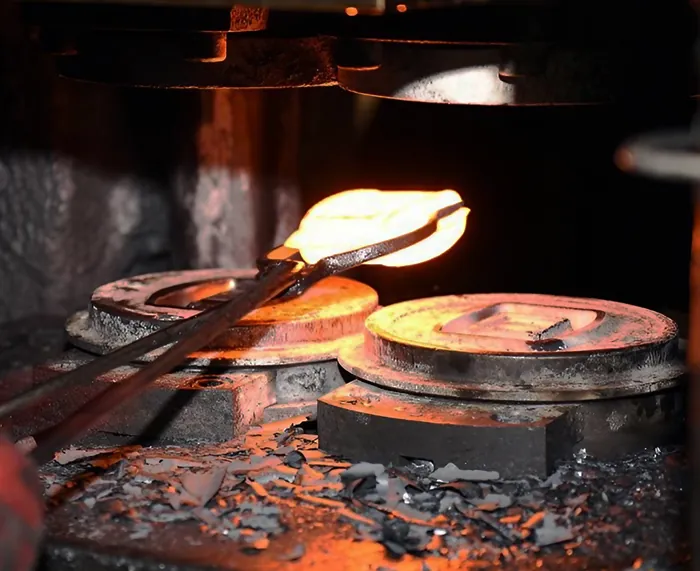
Forging vs. Machining: A Comprehensive Comparison
Forging and machining are two fundamental industrial processes that shape and manufacture metal parts. Each process has advantages and disadvantages, makin
-
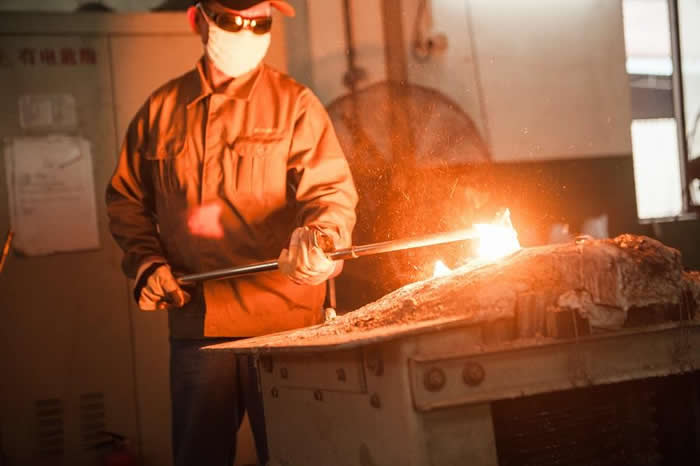
The Mechanical Property Of Stainless Steel Precisoin Casting Is Higher Than That Of Cast Iron
The mechanical property of stainless steel precision casting is higher than that of cast iron, but its casting property is worse than that of cast iron. It has ...
-
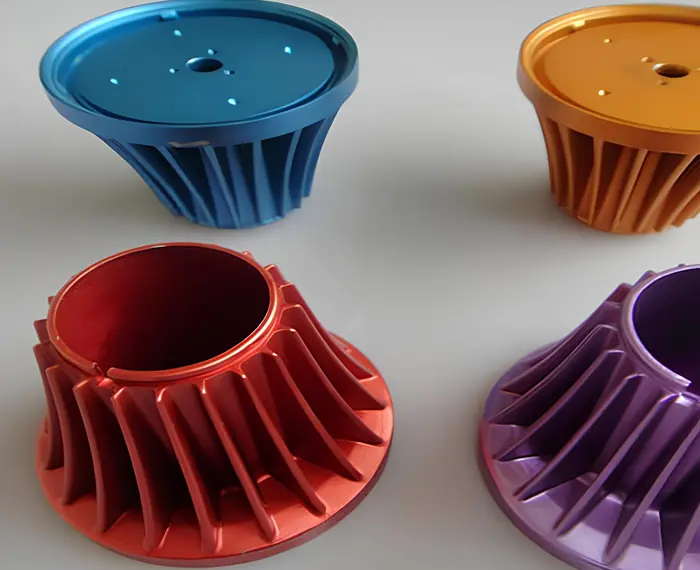
How can riserless casting be achieved in nodular iron production?
Achieving Riser-Free Casting in Nodular Cast Iron: Key Conditions and TechniquesNodular cast iron, also known as ductile iron, is a material highly valued
-
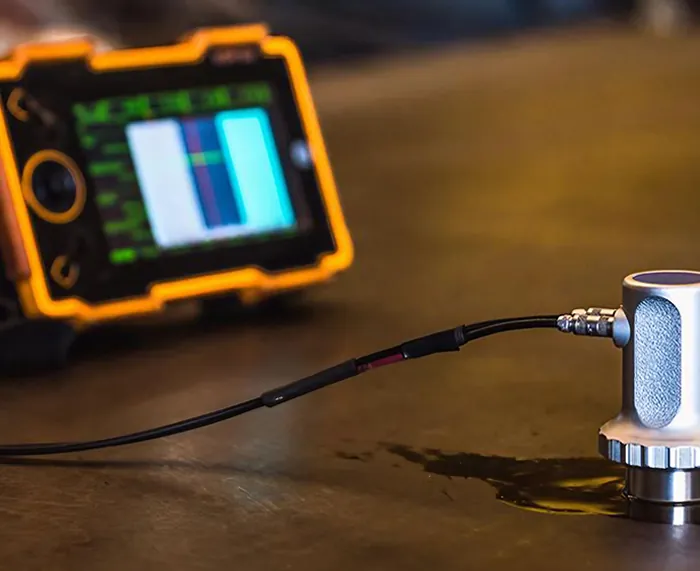
Safeguarding Product Reliability: Penetrant Testing and Ultrasonic Flaw Detection for Castings
This article delves into casting defects, their impact on product quality, and two key non-destructive testing methods: penetrant testing (PT) and ultrasonic fl...
-
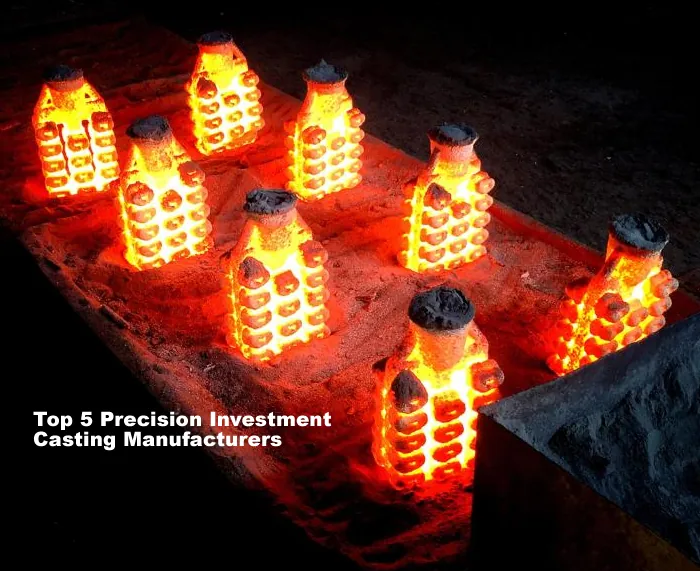
Top 5 Precision Investment Casting Manufacturers
This article introduced the top 5 investment casting companies. If you have questions about your investment casting project, feel free to contact us today!
-
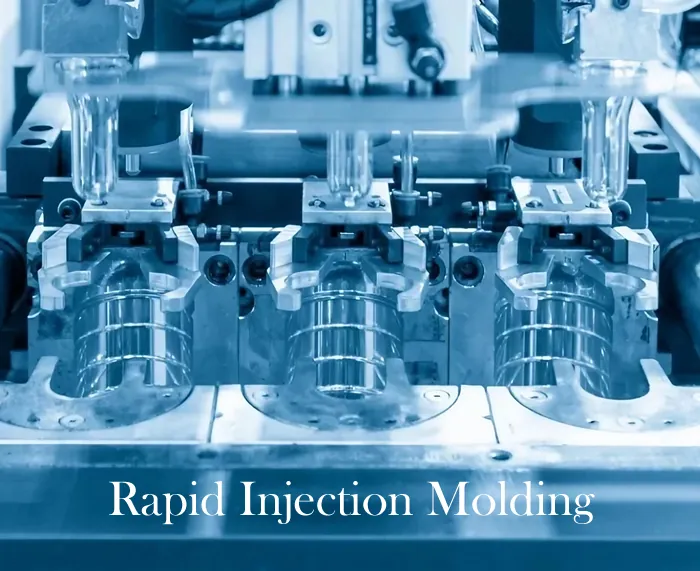
Rapid Injection Molding: A Guide to Fast-Track Production
Rapid injection molding offers fast, cost-effective production of plastic parts in low to medium volumes. Learn about the process, advantages, disadvantages, an...

